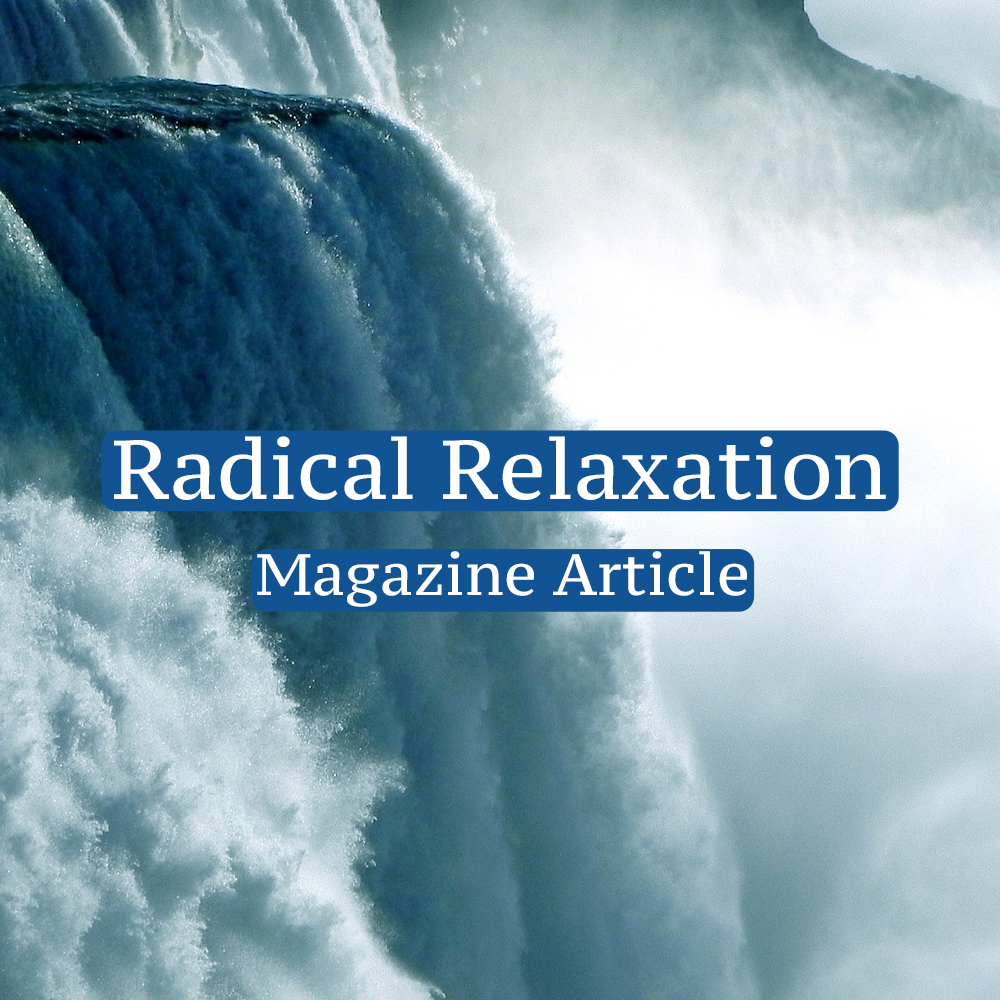I published this article in the T’ai Chi Union Magazine in the UK. To view the entire magazine online you can go here: Tai Chi Union Issue 62. Enjoy the article.
Radical Relaxation
By Brendan Lea; Assistant to Peter Ralston
I have not found an art as committed to being relaxed as Peter Ralston’s Cheng Hsin T’ai Chi. Most teachers say they are relaxed but when it comes to actual play, fighting, or performing techniques this is far from the truth. So, I wonder why do so many teachers say one thing but when it comes to actually doing it they seem to fall short?
I bring this up because the T’ai Chi classics emphasize sensitivity, yielding, and relaxation. If those sources are believed to hold the “secrets” of T’ai Chi there must be something real to learn, and it is our job as students to figure out if that’s true or not. We should work in at least two areas. One should be recognizing and transcending existing fantasies and dogmas related to our art. The other is to radically train and experience what is real in these matters.
My suspicion is that without knowing it many teachers and students alike are committed to fantasizing about relaxation rather than training it for real, or don’t think it is really possible, especially when trying to use force. I want to invite the reader to consider and understand the implications of both the fantasy and the reality.
A fantasy is a thought about some matter that we wish were true but actually isn’t. For some reason this can go unnoticed and it puts the practitioner in a place that is committed to something unreal. I’m not suggesting this is wrong nor right, but that its implications are many. If this goes on unchecked, the person will actually be training something that is not founded on objective reality. Furthermore, since T’ai Chi was originally a fighting art then it should be held to a standard of being functional, or at least consistent with, those types of situations.
I learned a lesson in fighting when I was younger. I spent some time in Hawaii training Brazilian Jiu Jitsu and MMA at BJ Penn’s school in Hilo. I was given an opportunity to step into a boxing ring with a heavyweight professional MMA fighter named Cabbage to help him train for a fight. One thing I noticed right away is even though he was a large man in an art that people may call crude, he was actually quite sensitive to my movements and timing. I could feel him feeling me. Soon after that I took one of the hardest punches I have ever experienced in my life. One of my hands had dropped slightly and he took advantage immediately, catching me on the jaw. My head snapped and the sight in my right eye went black, even though it was open, and the ground became unstable. I was close to being knocked out. Even worse, Cabbage wasn’t trying very hard.
Since that experience, I have a healthy respect for the power of others and first-hand knowledge of the reality of fighting. It helps me consider my own training in terms of something real and gives me a standard to compare my progress to. Holding such questions as, “How can I relax in that kind of situation?” or “How do I remain calm in a fight?” are powerful considerations and move my training toward relaxed effectiveness.
In my experience when I try to be completely relaxed and attempt a technique the first thing that happens is I fail. If I am playing a martial game the same result comes up. More failure. If I am honest with myself it is true that when I am playing a competitive game I will have a strong tendency to use strength and muscular tension in an attempt to win!
The main component of effortless power is the effortless part, and it starts with being relaxed. This is a major aspect of Ralston’s Cheng Hsin T’ai Chi and crucial to the development of any kind of effortless power. It takes a strange commitment to something that seems at first inaccessible. The mind, body, and nervous system are programmed for the opposite of effortless.
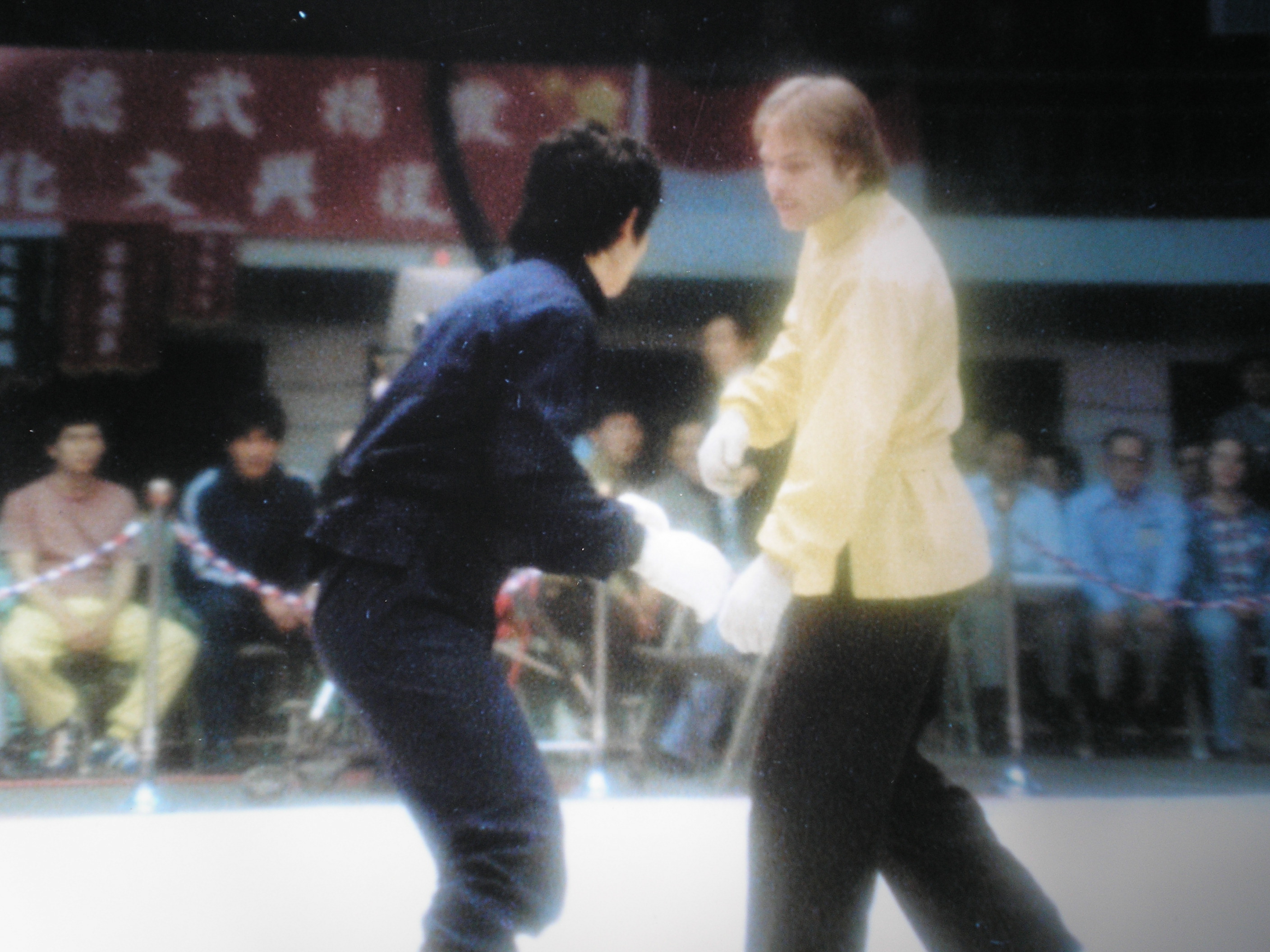
Seeing Peter Ralston in footage from the full-contact World Tournament in Taiwan in ’78 was eye opening. Even though he was in a fight his movements were smooth and graceful. I also remember an instance where his opponent started a punch and Peter kicked him, stopping the attack, before it could land. How perceptive do you have to be to kick somebody before their punch can even get to you? That’s impressive!
T’ai Chi hinges entirely upon the player’s consciousness rather than upon his external muscular force. ~Cheng
He has mentioned many times that one major secret to having such speed is being able to relax.After the fights BK Francis mentioned to Peter that he had attended a T’ai Chi conference occurring at the same time as the tournament—which lasted five days—and Ralston was the only person named in the conference. The conference claimed Peter as a T’ai Chi fighter. I suspect the main reason they did so was the unprecedented degree to which Ralston was relaxed while fighting.
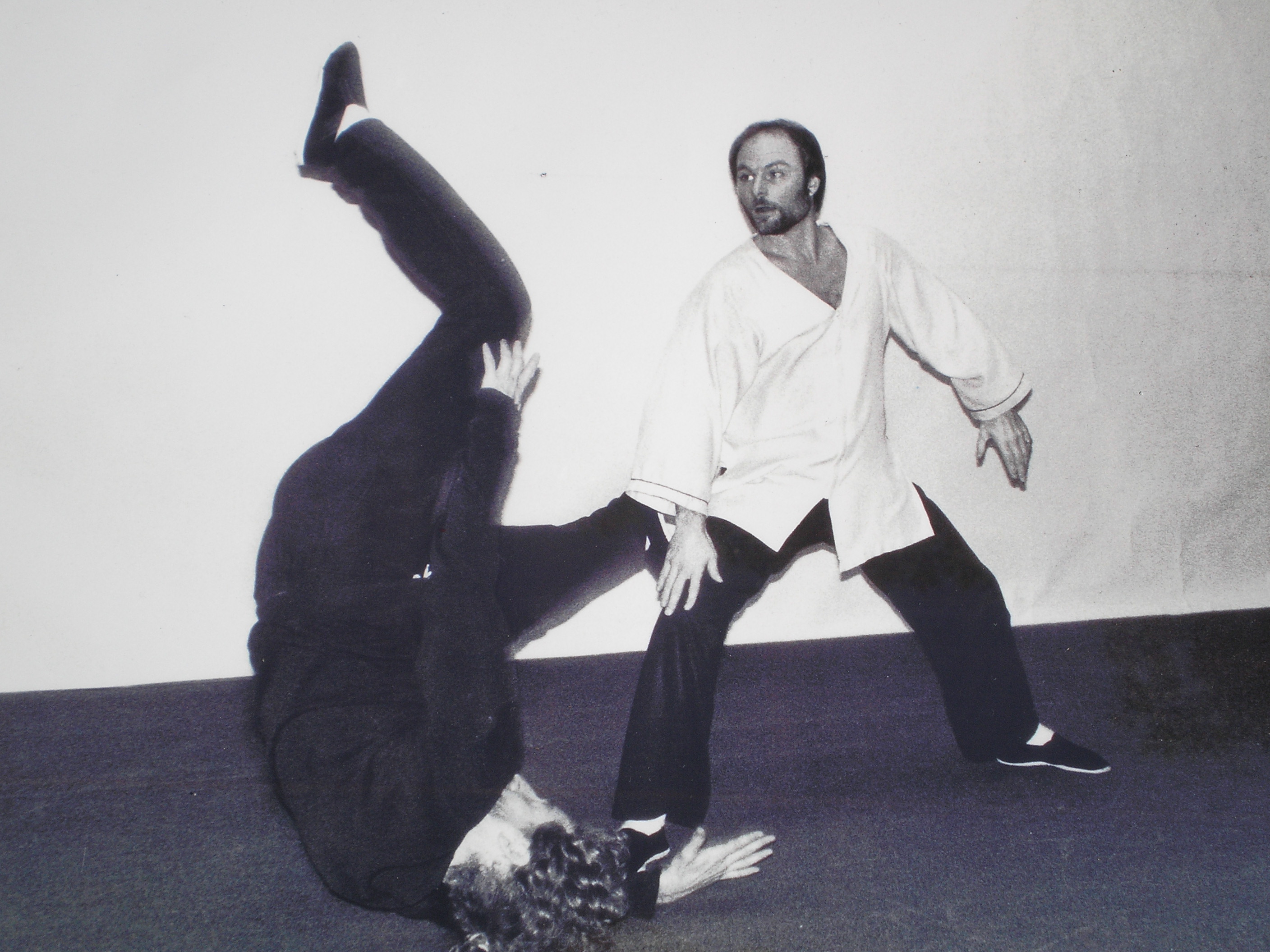
On your journey to master this domain, training is needed. One major challenge is that you might not know that you aren’t relaxed. There have been many times when I was playing with Ralston, while concentrating on relaxing, and thinking I was completely relaxed, just to hear him say “Relax!” I couldn’t believe it was possible and yet here he was showing me that I wasn’t relaxed. Even my own perceptions and feelings were incorrect! This was frustrating but extremely valuable feedback.
To further your efforts, I want to share some ways to train being effortless. Starting with a basic but very important exercise to experience total relaxation, and then taking this degree of relaxation into your set, and finally bringing it into free-play. My intent here is to open a doorway for training a depth of effortlessness and relaxation that almost nobody does.
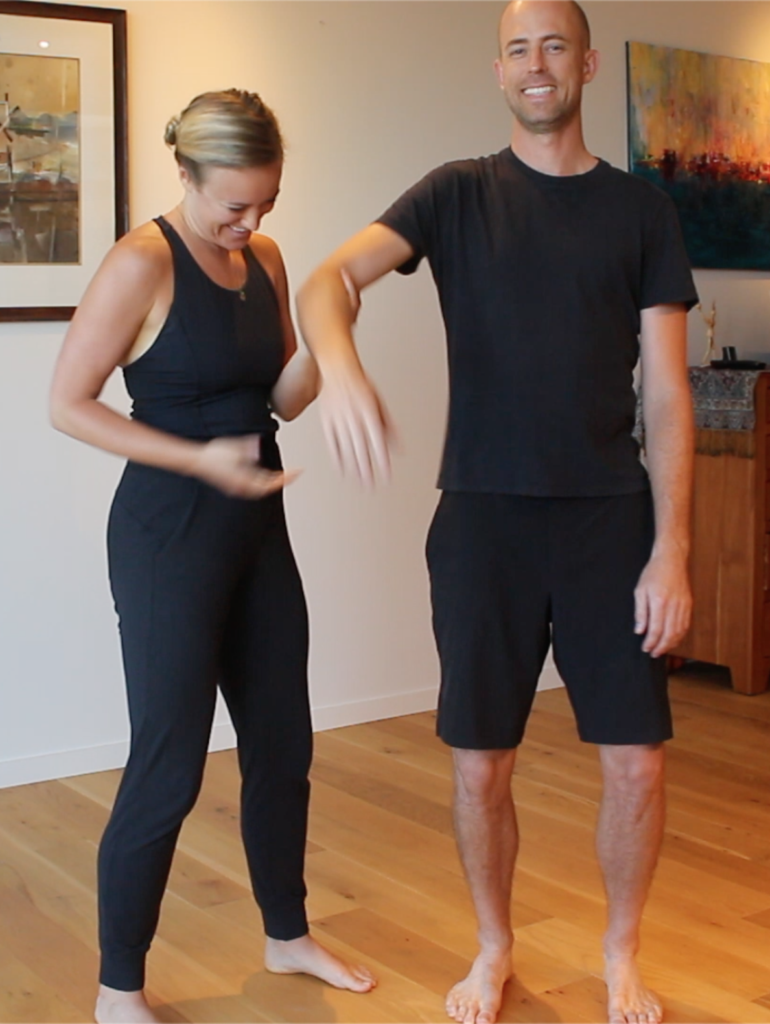
We have a partner exercise for this in Cheng Hsin. People work in pairs. Person A will grab the arm of person B. Person B doesn’t present the arm or use any muscular tension or help in any way. They are instructed to let go of the arm and be completely relaxed, like an overcooked pasta noodle. Person A will then move the arm of person B around in different ways and at varying speeds, and person B will maintain complete relaxation during this process. If at any time person A feels person B tense up in any way they can let them know, or let go of the arm suddenly, and if it doesn’t immediately fall like a piece of dead meat then tension is being used. This gives person B an opportunity to notice any unconscious use of muscles and let them go.

Work on both arms, and after an equal amount of time, then switch roles. This exercise can be expanded to include other parts of the body as well. This will help both parties acknowledge the challenges associated with trying to be completely relaxed. Once that is clear then the students can begin to move toward training an effortless power based on this same depth of relaxation.
Next, you can bring this level of total relaxation into your set by doing the set with what we call a rag doll body. This means the body and limbs are totally limp (except what you use to keep standing, but even then, keep relaxing the legs and pelvis more than normal).
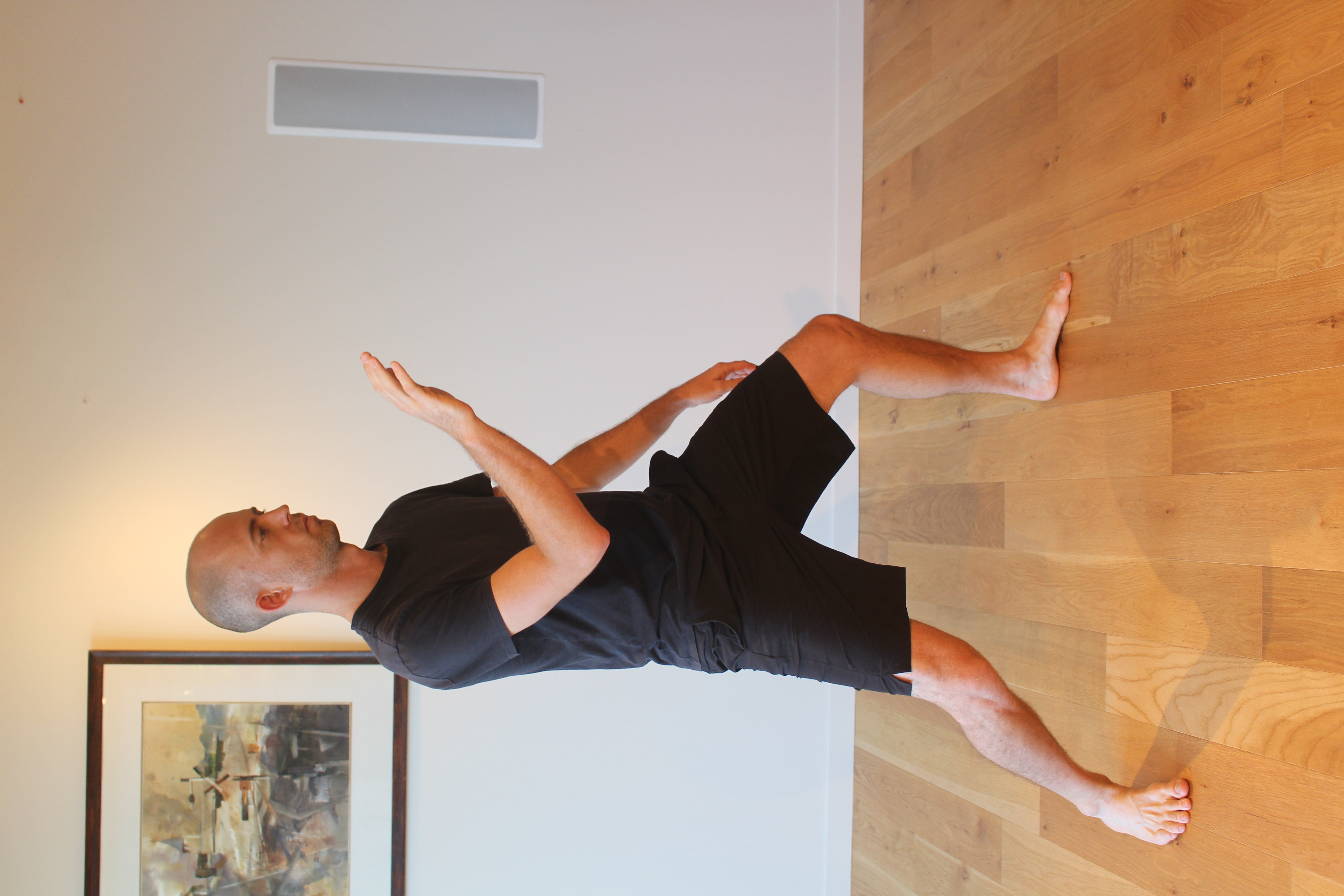
You can get a sense of this by keeping completely relaxed arms like in the above exercise and then using the center, toss your arms and body through space without any tension. If you can do this then the exercise becomes trying to toss the limbs into the postures and shapes that make up your set of movements. It is a completely different way of moving, and often looks a bit silly, but it is extremely relaxed and it forces you to move from your center since the muscles of the limbs are useless.
Another way you can train relaxation in your set is to do a movement as relaxed as possible, then finish the move and hold the posture. While in the same posture you then relax and sink even more, often focusing on the pelvis and legs and allowing as much relaxation and sinking as possible in that posture. You will frequently find places of tension that you didn’t notice before. Then proceed to the next movement, and repeat the process of relaxing and sinking. You will likely notice the legs will get sore from taking on additional weight in ways they aren’t used to.
Finally, you can bring extreme relaxation and effortless power, into your free play and games. In a free format the structure and relationship between the bodies is quick, fluid, and changeable. To me this is the true test of relaxed skill since there is no time to think and your partner is not going along with the program. If you can relax and be effortless here then you got it.
For example, Peter tells a story of being in Taiwan and almost getting hit by a car. He was in the street and recognized suddenly that a car was on a course to impact his body. Instead of getting tense he relaxed into the ground and swiftly moved out of the way. This tells me his nervous system is programmed on a deep level to relax whereas pretty much all other people don’t experience this level of control, because when the reality of danger is imminent pretty much everyone automatically tenses up and uses strength to protect themselves. Try to imagine what depth of experience and what would be needed to program the nervous system such that, in this kind of danger, relaxation is the automatic response.
Even if you never incorporate these exercises in your T’ai Chi practice, there are many huge benefits to training just relaxing alone. Such as being much more fluid and changeable. Your movements will take on a quality of softness and smoothness. Your mind will tend to calm down, and you will be able to feel more. You will be less likely to get injured and it’s good for your health.
If you bring this into your T’ai Chi set and push hands you will also benefit from an ability to increase your speed and not get tired as easily. It will also force you to use your center and find very precise alignments which will increase your efficiency and allow you to apply greater power with less effort.
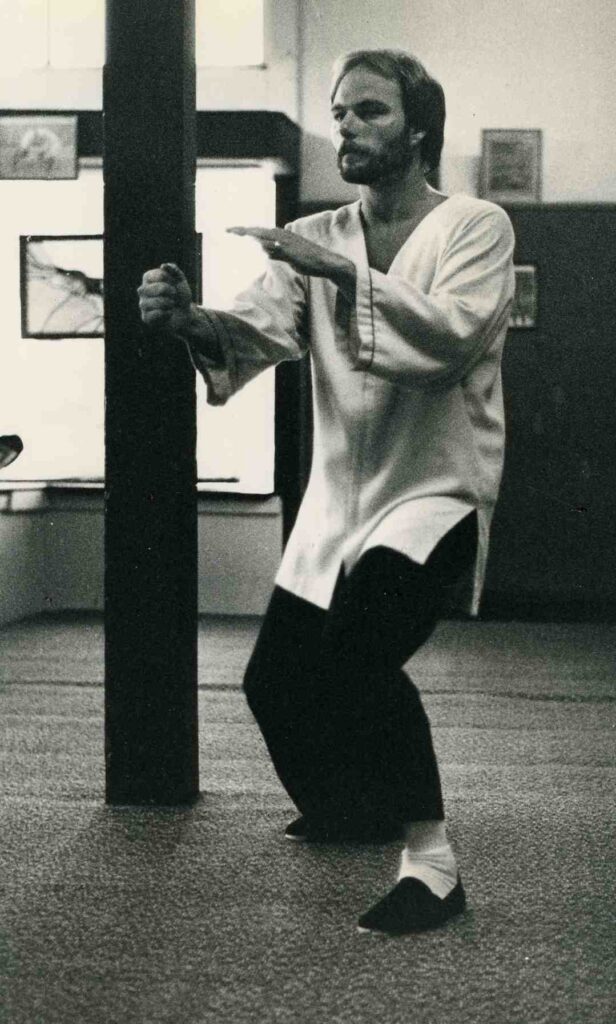
I hope you can see and appreciate the difference between fantasy and reality. I acknowledge the challenges of trying to train this material. I recommend that you throw yourself into the unknown and stay there until you start seeing real results. As did Ralston long ago in his search for truly effortless power. He struggled to actualize the radical possibility of being completely relaxed while trying to toss or strike opponents. Although he failed to accomplish any results day after day, training 8-10 hours each day, he continued to remain totally relaxed and not use any muscular strength. He did this for almost a year without success until finally he discovered a new way to generate completely effortless force, even though no one around him was doing anything like it not even his teacher.
Even though most people won’t be that committed or put in that much time, you can still make progress if you take it seriously. Over time, a new and real world of effortless power and more effectiveinteraction can occur that is aligned with what we hear from the masters of old. Tales of being totally relaxed, having a calm mind, even while fighting, and feeling the energy of your partner ebb and flow as you play. Entering a state of no-mind as the body moves effectively from position to position applying a truly effortless power. As always, the decision to take this on starts and ends with you. Good luck.
If you want to go deeper you are invited to visit PeterRalston.com.
Join us for a workshop TheBrendanLea.com/Workshops

